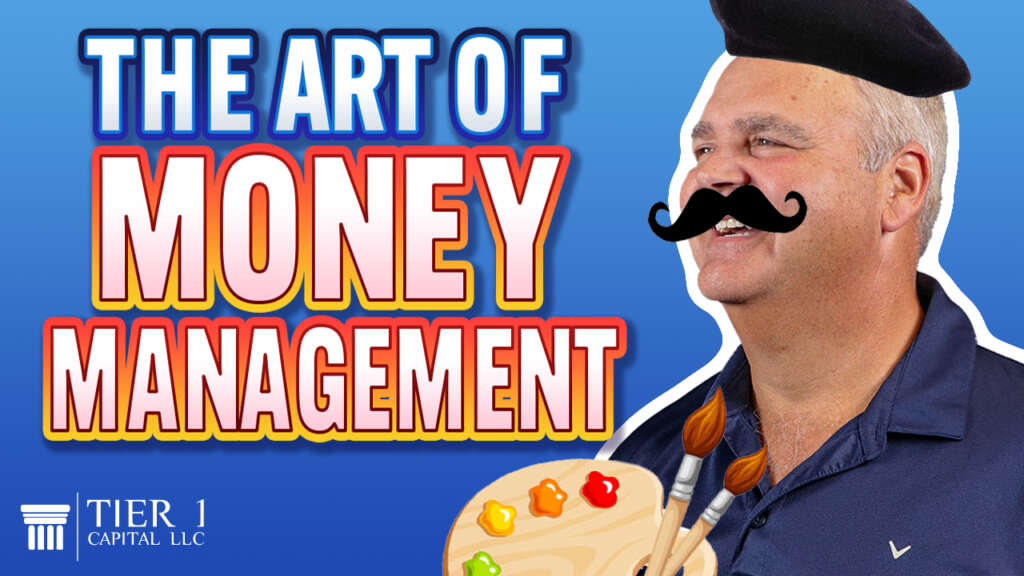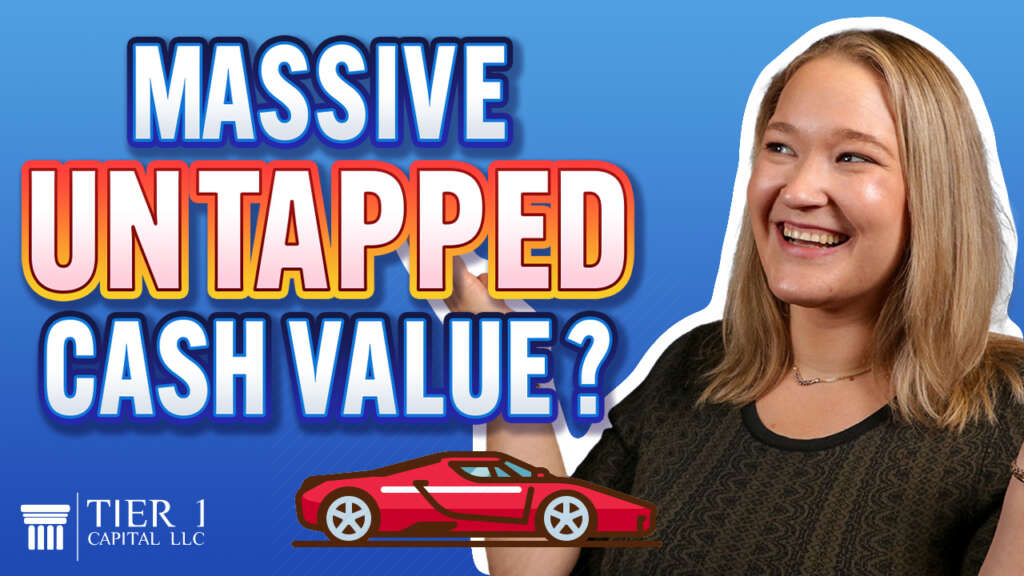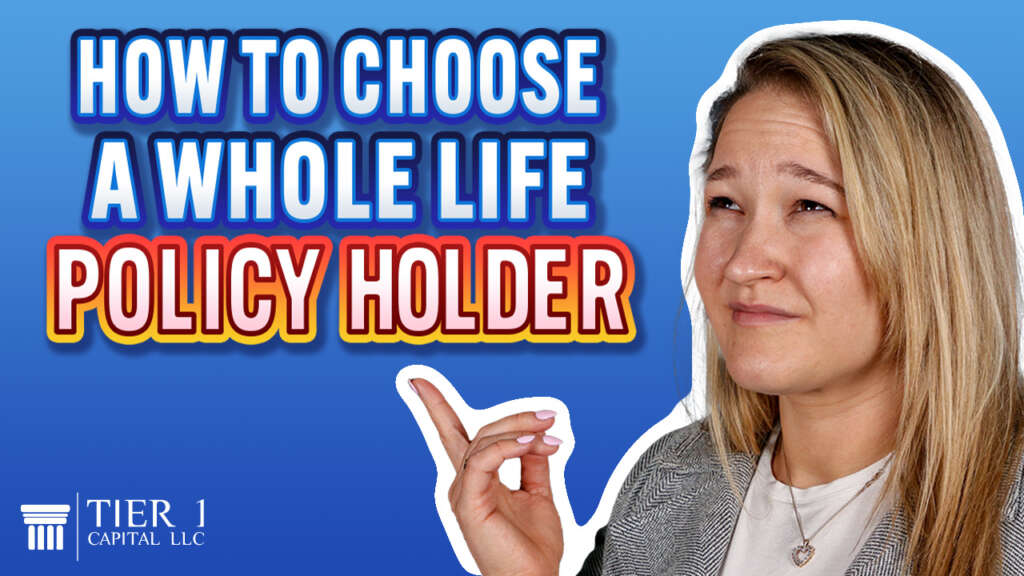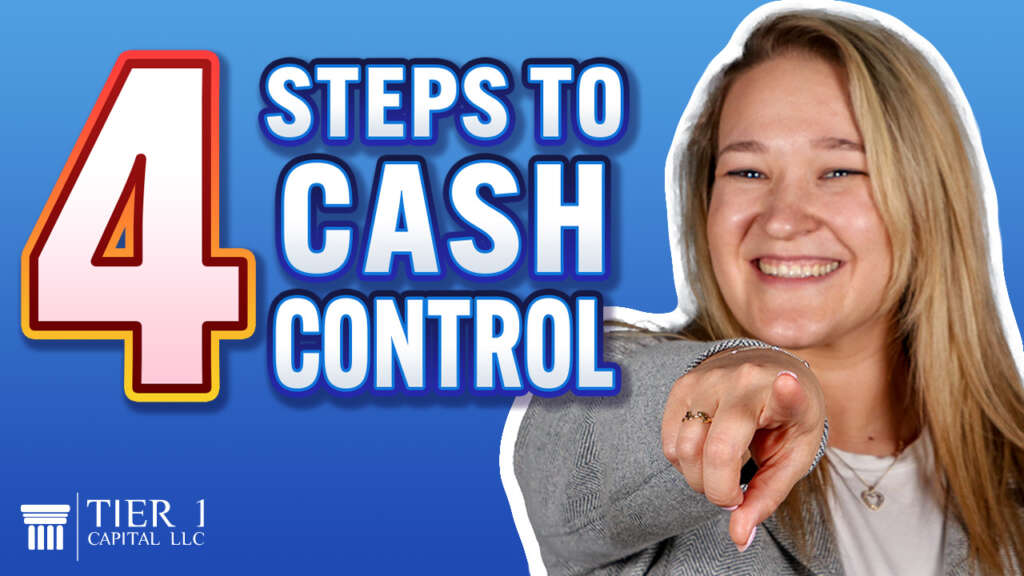
When on a search for financial freedom, there are a lot of different opinions out there and it can be hard to decide what is the best decision for your situation.
The other day, I was having a conversation with a prospective client, and they mentioned that they had $1.2 million in cash, and they were looking to put money to work for them. So before our conversation, they had put $500,000 into a piece of property. After learning about the infinite banking concept, they were rethinking their decision because, yes, now that money was put to work for them, but they realized now that they could be leveraging that money to do more than just produce one piece of property.
You see financial planning financial management or money management, is an art. It’s not a science. If you talk to 100 different people, you’ll probably get 100 different answers. That puts us in a situation of, Geez, is this right or is this right? Or how about this other guy? And that could really create stress, anxiety, and more importantly, indecision.
In this example, putting $500,000 cash into a property could be a good decision. However, we do know that people have had extreme success, especially in real estate, by leveraging other people’s money. And one of the things we found about most people who use their own money or pay cash to make large purchases such as real estate, they do so in order to avoid paying interest. What they don’t see or what they’ll never see is the interest that that $500,000 could have earned them.
Now, these folks were in their mid-thirties, so it would be a fair assumption to say that they would be around for at least another 30 years taking them to age 65. So the real question that needs to be asked is how much would that $500,000 be worth in 30 years? Assuming 4.4% interest compounded for the next 30 years. It would have grown to over $1.8 million.
So the question I asked the client was this. What are the chances that in 30 years that property that you’re paying $500,000 for, what are the chances that that property can sell for $1.8 million? Their reply was not a chance in hell. And even if it could, we still have to consider that that property has taxes. There’s a cost to holding the property, even if you are paying cash.
We always tell folks every major purchase has its own universe of expenses. For example, if you buy a boat, you’re not just buying a boat. You’re buying a slip. You’re buying winter storage. You’re buying gas. It has its own universe of expenses. Same thing with a house or real estate.
Another idea of what you could have done with the $500,000 is to leverage it. Put down the down payment and have cash-flowing properties to pay the debt and have several properties to build a portfolio of assets rather than just one by deploying all of your money into one property.
And see, that’s the key to leverage, right? Leverage is using the least amount of money to control the largest amount of assets. This individual who was trying to pay cash for properties was using a lot of money for one property. Completely blowing away the concept of leverage and the power of leverage.
You see, with leverage, you’re able to multiply your wealth. And fortunately, in this case, it’s not hard to get a mortgage on a property. And in this case, I believe it does make sense for a mortgage versus a line of credit because the mortgage locks in the rate for 30 years. It locks in the payment. With the line of credit, you have to consider that there could be a variable interest rate on that loan. and if the bank wanted to, they could call that loan and all of that money would be due. Let alone the fact that you have to re-qualify every several years by providing financial statements and what your income status is.
So you want to get ahead financially, but conventional wisdom teaches us that debt is bad and therefore we give up control of our money. If you want to get ahead financially, you need to think outside of the box. How can you leverage the least amount of capital to control the most amount of assets?
If you’d like to learn exactly how we put our process to work schedule your free strategy session with us today. We’d love to chat.
And remember, it’s not how much money you make, it’s how much money you keep that really matters.













